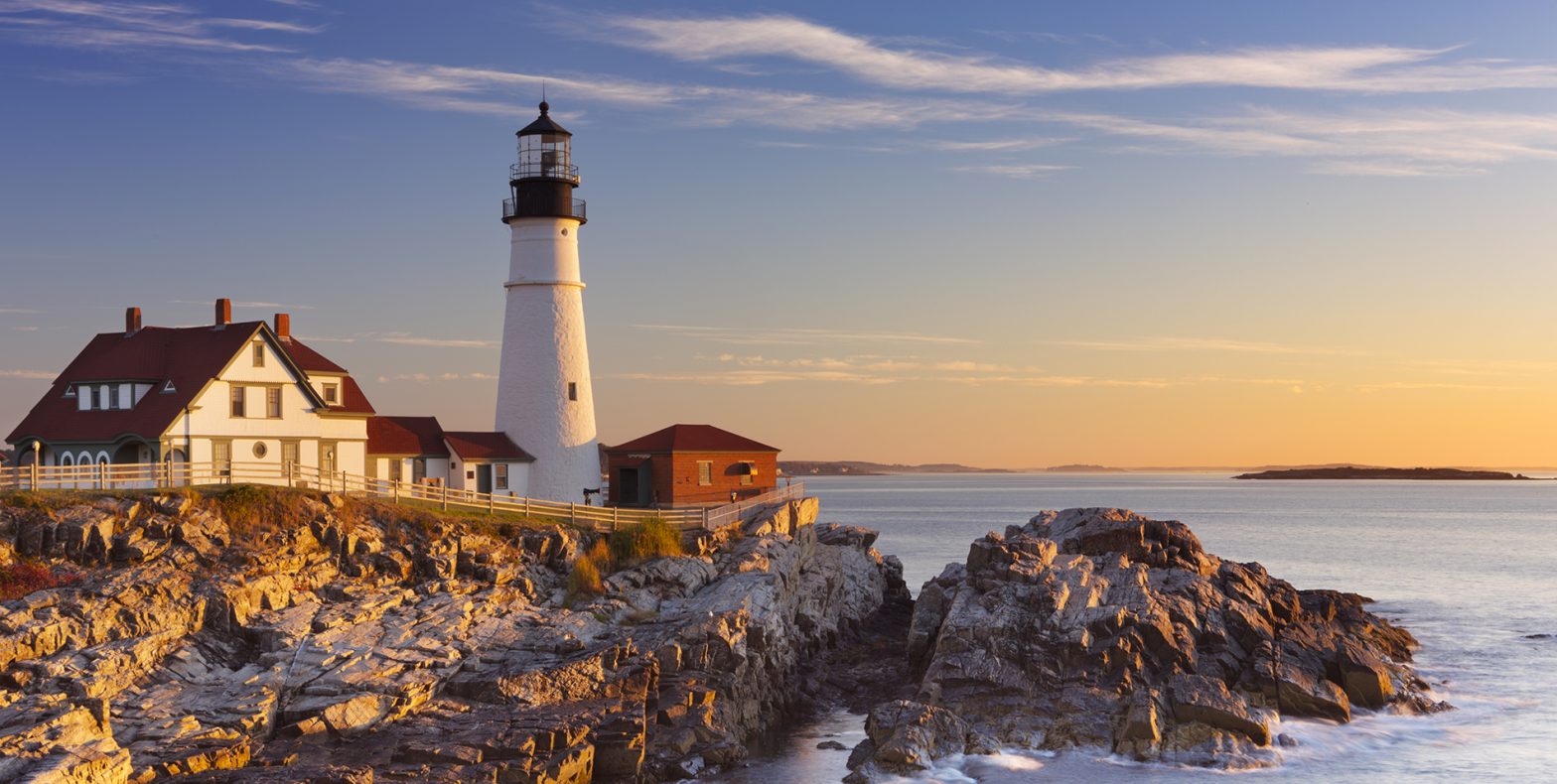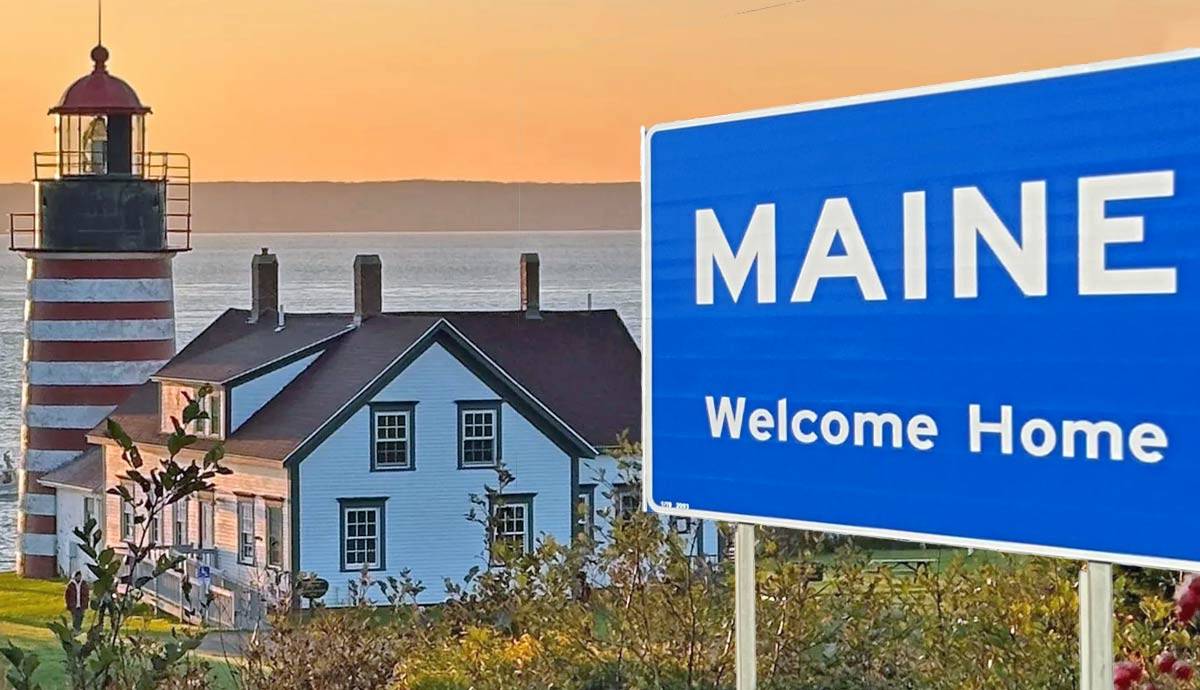Exploring Maine past, present, and future are defined by its history, economy, and social influence.
Maine’s Size and Importance
Maine, the largest of the New England states encompasses 35,380 square miles and is home to Eastport, the easternmost city in the continental U.S. Despite recent tragic events, Maine’s vast forests contribute significantly to the global pulp-paper industry while tourism centered around landmarks like Acadia National Park drives economic growth.
Tracing Maine’s History
Maine’s history reflects resilience and adaptation, from early English settlements in the 1600s to its incorporation into the Massachusetts Bay Colony and eventual statehood in 1820 under the Missouri Compromise. Its past shapes its present, embodying the spirit of its people.

(photo: Livability.com)
Maine’s Literary Impact
Maine has been a hub for social change, notably in the abolitionist movement. Harriet Beecher Stowe’s arrival in 1850 marked a significant moment, as she penned “Uncle Tom’s Cabin” in Brunswick, igniting anti-slavery fervor and leaving a lasting legacy in the state’s cultural landscape.
Maine’s Economic Diversity
Additionally, Maine’s economic resilience stems from its vast natural resources and cultural attractions. Its forests and tourism industry not only contribute to its economic stability but also enhance its global standing.
Continuing Maine’s Narrative
Moreover, Maine’s story is ongoing, shaped by its past and present. Its history of adaptation and its role in pivotal national discussions continue to influence its trajectory.
Sustaining Maine’s Social Impact
Furthermore, Maine remains a beacon for social progress. Its literary legacy, exemplified by Harriet Beecher Stowe’s work, inspires ongoing efforts for positive change within the state and beyond.

















































